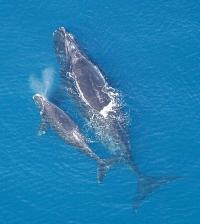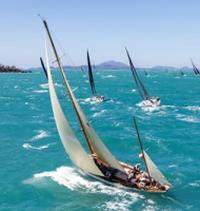 Four years ago, the yacht racing world was caught aback when Dorade, a yacht designed by Olin Stephens II and delivered in 1930, won the 2013 Transpac Race. Dorade has previously won the Transpac 77 years before. Now the 87-year old Dorade has placed a very respectable second in her division under both IRC and ORCi in the Sydney Hobart Race.
Four years ago, the yacht racing world was caught aback when Dorade, a yacht designed by Olin Stephens II and delivered in 1930, won the 2013 Transpac Race. Dorade has previously won the Transpac 77 years before. Now the 87-year old Dorade has placed a very respectable second in her division under both IRC and ORCi in the Sydney Hobart Race.
About Dorade from the Rolex Sydney Hobart Race 2017 website: From the Famous American classic wooden boat Dorade is a revolutionary S&S, designed by a then 21 year-old Olin Stephens and built under younger brother Rod’s (20) supervision. Features a deep keel with external ballast, very narrow beam and a generous sail plan. The yawl took the yachting world by storm and made headlines around the world after scoring an upset victory in the 1931 Transatlantic Race from Newport, Rhode Island to Plymouth, competing against much larger boats. In the next 10 years, Dorade scored overall victories in the 1931 and 1933 Fastnet races and the 1936 TransPac Race. Adrienne Cahalan, the first woman to sail 25 Hobarts, is navigating.

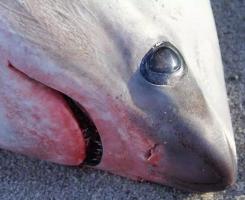 It is brutally cold on the Northeast coast of the US right now. Temperatures are hovering around the 20s F (in negative digits measured when in Celcius) from Virgina to the Canadian border. It is so cold there are reports of sharks freezing. Two thresher sharks were found dead on a Cape Cod beach, believed disabled by cold shock, which led to their stranding and death.
It is brutally cold on the Northeast coast of the US right now. Temperatures are hovering around the 20s F (in negative digits measured when in Celcius) from Virgina to the Canadian border. It is so cold there are reports of sharks freezing. Two thresher sharks were found dead on a Cape Cod beach, believed disabled by cold shock, which led to their stranding and death.  This year’s
This year’s 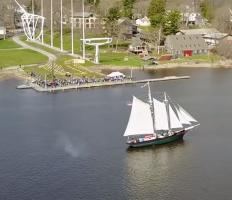
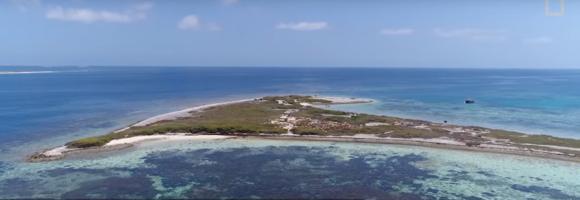
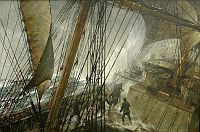 We hope that everyone is having a most merry Christmas. Here is a repost from 2014 of a poem by
We hope that everyone is having a most merry Christmas. Here is a repost from 2014 of a poem by 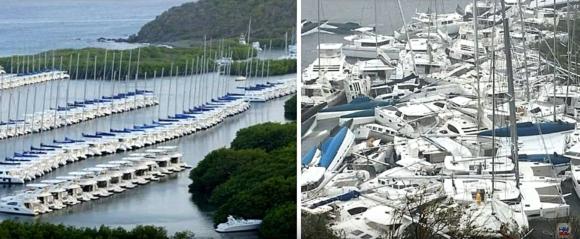
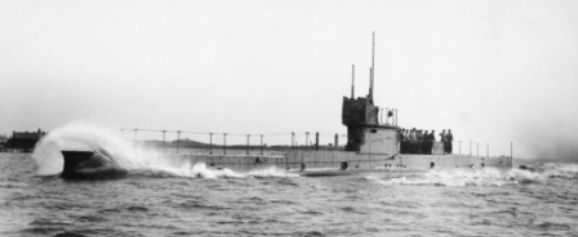 After being lost for 103 years, the wreck of Australia’s first submarine,
After being lost for 103 years, the wreck of Australia’s first submarine,  Happy
Happy 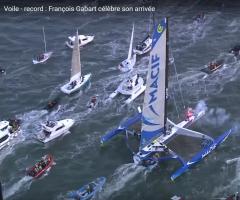
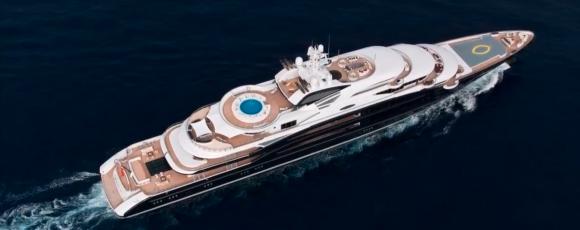 Crown Prince Mohammad bin Salman, the heir to the Saudi throne, has notionally been l
Crown Prince Mohammad bin Salman, the heir to the Saudi throne, has notionally been l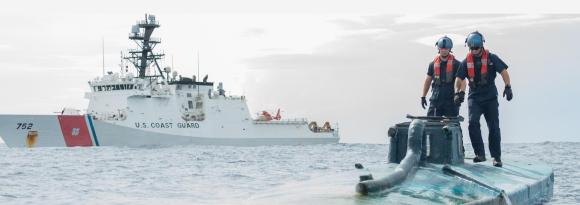
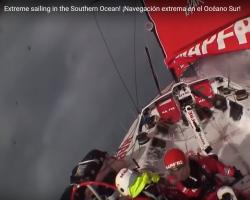 The third leg of the
The third leg of the 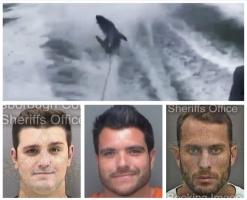
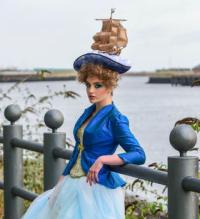 The
The 